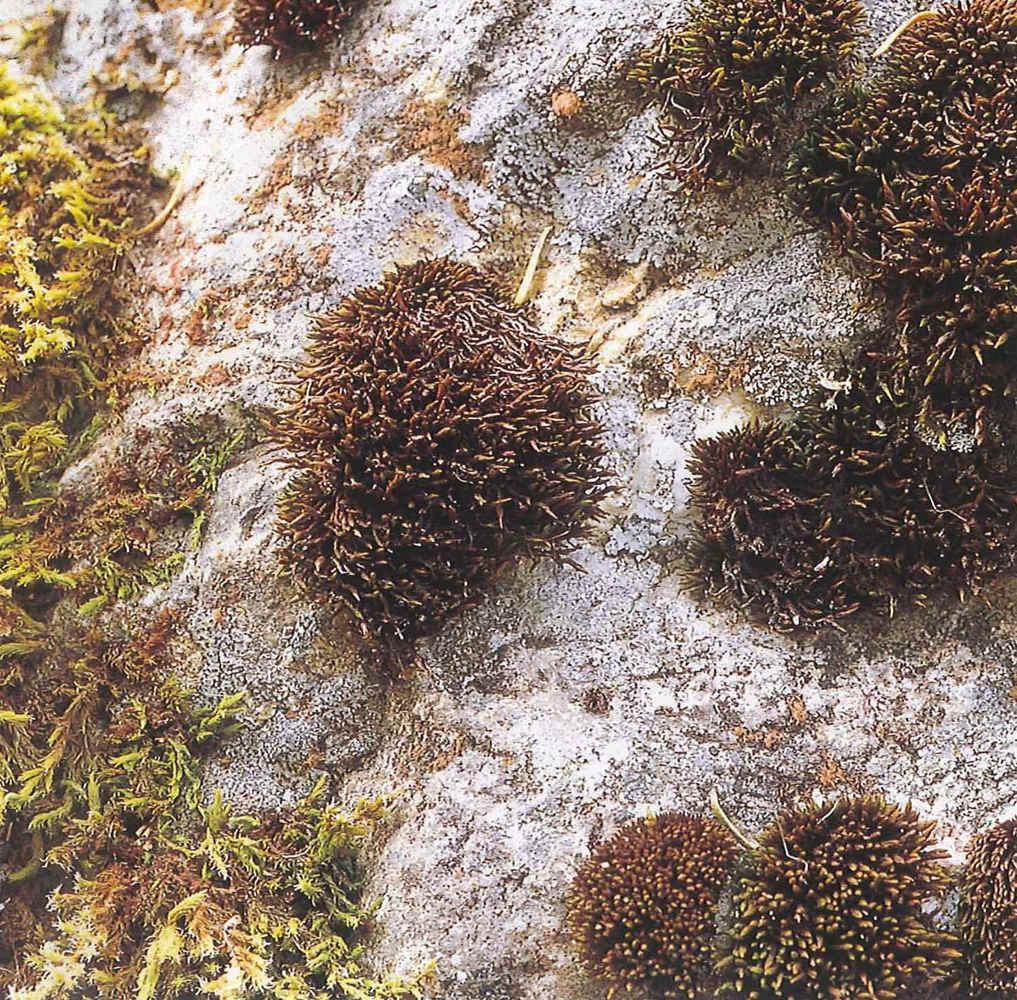
ba68d8b47c57c76e46532aece6b21e0f.jpg from: https://taieol.tw/pages/8470
Introduction
In the vast and captivating world of bryophytes, the Andreaea alpestris (Thed.) Schimp. moss stands out as a remarkable member of the Andreaeaceae family. This unassuming yet resilient plant has carved its niche in some of the harshest environments on Earth, thriving where few other organisms dare to tread. Join us as we delve into the fascinating realm of this alpine moss, exploring its unique characteristics, global distribution, and the vital ecological roles it plays.
Background
Before we dive into the intricacies of Andreaea alpestris, it’s essential to understand the broader context of bryophytes. These non-vascular plants, which include mosses, liverworts, and hornworts, are often overlooked but play a crucial role in various ecosystems. They are among the oldest land plants on our planet, with a rich evolutionary history dating back millions of years.
Main Content
Morphology and Identification

andreaea_rupestris.jpg from: https://wnmu.edu/academic/nspages/gilaflora/andreaea_rupestris.html
Andreaea alpestris is a small, tufted moss that forms dense, cushion-like mats on rocks and soil. Its leaves are narrow, lance-shaped, and arranged in a spiral pattern around the stem. One of the most distinctive features of this moss is its striking reddish-brown or blackish color, which helps it absorb more heat from the sun – a crucial adaptation for survival in its harsh, alpine habitats.
Global Distribution and Habitat
This hardy moss is truly a global citizen, found on every continent except Antarctica. However, it thrives best in alpine and arctic regions, where it clings tenaciously to exposed rock surfaces, scree slopes, and other inhospitable environments. From the rugged peaks of the Himalayas to the windswept tundra of the Arctic Circle, Andreaea alpestris has proven its resilience time and time again.
Ecological Roles and Adaptations
Despite its diminutive size, Andreaea alpestris plays a vital role in the ecosystems it inhabits. It acts as a pioneer species, colonizing bare rock surfaces and paving the way for other plants to establish themselves. Additionally, its dense mats help to retain moisture and prevent soil erosion, creating microhabitats for other organisms to thrive.
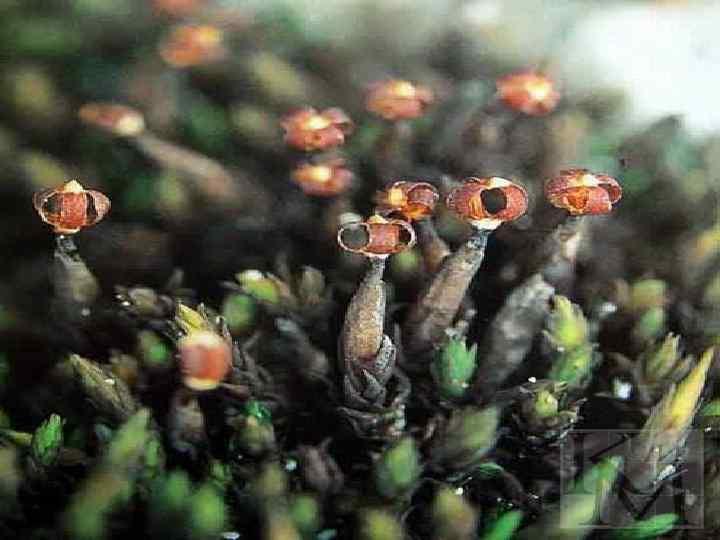
image-7.jpg from: https://present5.com/klass-andreevye-mxi-ili-andreeevye-mxi-lat/
One of the most remarkable adaptations of this moss is its ability to withstand extreme temperatures and desiccation. It can survive freezing temperatures and prolonged periods of drought by entering a state of dormancy, only to spring back to life when conditions become favorable again.
Case Studies/Examples
In the Swiss Alps, Andreaea alpestris has been studied extensively for its role in the formation of patterned ground, a phenomenon where the soil and rocks are arranged in intricate, geometric patterns due to the combined effects of frost action and vegetation growth.
Another fascinating example comes from the
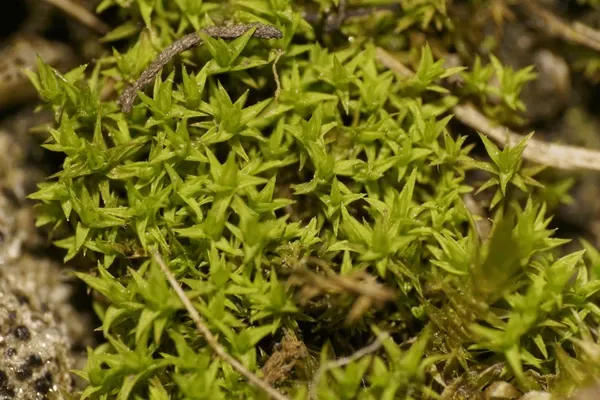
closeup-caucasian-spring-moss-andreaea-600nw-1432193594.jpg from: https://www.shutterstock.com/search/andreaea-petrophila?image_type=photo
Scandinavian mountains, where this moss plays a crucial role in the reindeer husbandry practiced by the indigenous Sámi people. The reindeer rely on Andreaea alpestris as a source of food during the harsh winter months, highlighting the intricate connections between this unassuming plant and the local culture and ecology.
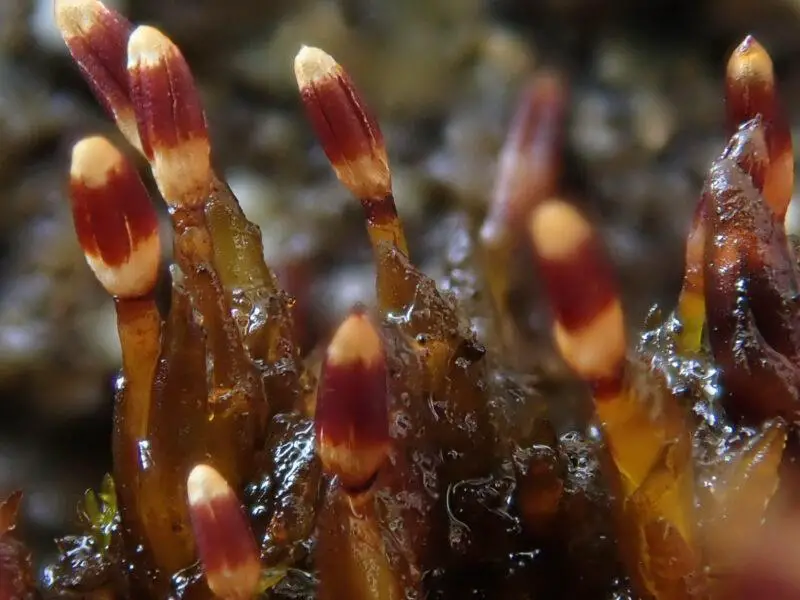
2021-05-22-14-36-49-800×600.jpg from: https://www.britishbryologicalsociety.org.uk/learning/species-finder/andreaea-rupestris/
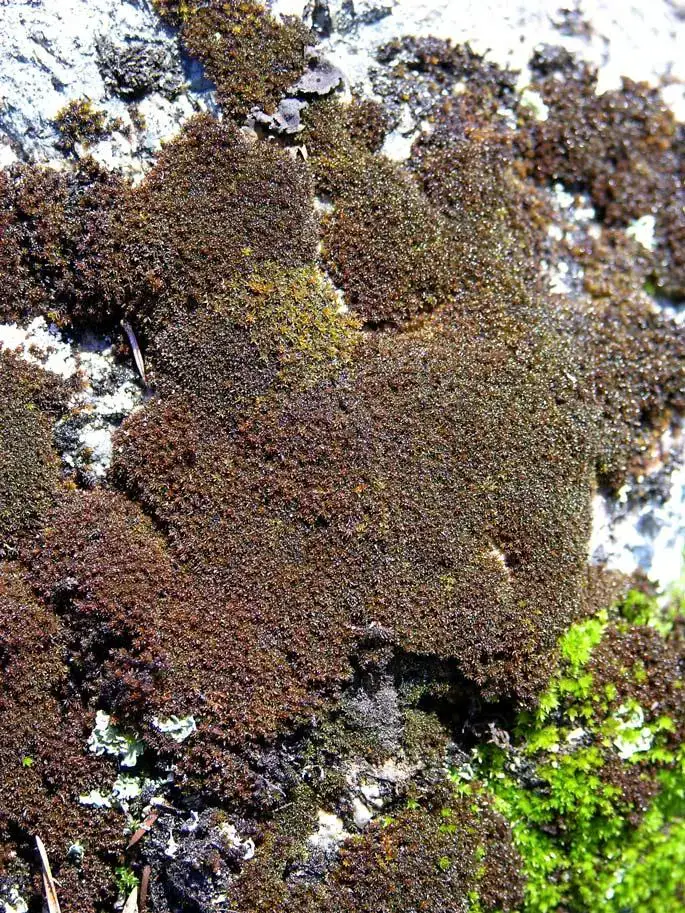
rupestris-1.jpg from: https://www.nic.funet.fi/pub/sci/bio/life/plants/bryophyta/bryopsida/andreaeales/andreaeaceae/andreaea/index.html
Technical Table
| Characteristic | Description |
|---|---|
| Scientific Name | Andreaea alpestris (Thed.) Schimp. |
| Family | Andreaeaceae |
| Common Name | Alpine Moss, Black Moss |
| Growth Form | Tufted, cushion-like mats |
| Leaf Shape | Narrow, lance-shaped |
| Color | Reddish-brown to blackish |
| Habitat | Alpine and arctic regions, exposed rock surfaces, scree slopes |
| Global Distribution | Found on every continent except Antarctica |
| Adaptations | Tolerance to extreme temperatures, desiccation, dormancy |
| Ecological Roles | Pioneer species, soil stabilization, moisture retention |
Conclusion
The Andreaea alpestris (Thed.) Schimp. moss, a true champion of resilience, has carved its niche in some of the most unforgiving environments on our planet. From its striking appearance to its remarkable adaptations, this unassuming bryophyte serves as a testament to the incredible diversity and tenacity of life on Earth. As we continue to explore and appreciate the wonders of the natural world, let us ponder this thought-provoking question: What other hidden gems lie waiting to be discovered, even in the most extreme corners of our planet?